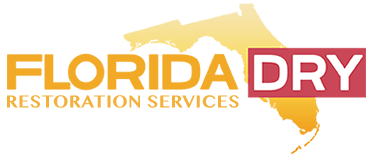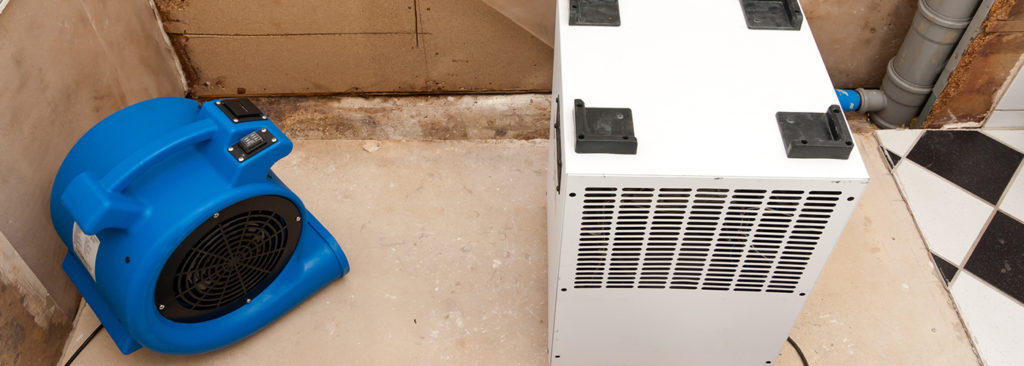Water damage can be one of the most damaging and expensive issues that a homeowner can experience. When water gets into your home it can cause extensive damage that ranges from roof leaks that can collapse your ceiling to excessive flooding that can damage your home’s foundation. At Florida Dry Restoration Services, we’ve seen it all and we’re here to help. Try these inexpensive tips for water damage restoration.
What Is Water Damage Restoration?
Water damage restoration is the act of preventing and remediation of any damage that is caused as the result of excessive water in your home. There are several different types of water damage that include mold prevention, mold remediation, flood clean up restoration, soot removal, and sewage leak clean up!
Common Water Damage Causes
While some of the major water damage culprits, like hurricanes and flash floods, are well known, there are so many causes of water damage that we almost never anticipate. Common water damages include bursting and leaky pipes, plumbing issues, water build up in areas that are prone to leaking like basements and crawl spaces, faulty appliances, HVAC and Air Conditioning unit malfunctions, and of course — natural disasters.
Water damage is particularly dangerous because excessive water can cause the materials that make up your home to expand and weaken. Wood and drywall are especially vulnerable and are prone to absorbing water.
Water damage can also cause mold to grow which can cause serious health issues if it is not taken care of appropriately.
Water Damage Restoration
If you follow these tips for water damage restoration and you, you can prevent more severe damage to your home.
#1 Inspect and Assess the Damage
The first step in restoring water damage is to inspect and assess the damage. The only way to really be sure what the extent of the water damage is to your home is to call a professional who has experience assessing water damage. At Florida Dry, we can inspect your home and give you an accurate breakdown of what the damage is and what the cost of restoring your home.
#2 Remove Valuable Items
While it should come as no surprise, keeping valuable and vulnerable items in an area that is has been hit by severe water damage is not a great idea. After severe water damage, you want to remove any rugs, books, valuables, and any items that are absorbent. Not only will this prevent items from excessive water damage, but it will also prevent the growth and spread of mold spores.
#3 Remove Standing Water
Once you’ve had a professional assess the water damage and you’ve removed all of your valuable possessions, you can begin removing water. Depending on how severe the water damage is, you may be looking at a little work with a mop or you may need to go out and rent a water pump from your local hardware store. It is important to act quickly in order to minimize the amount of damage that your home endures.
#4 Dry and Dehumidify
Drying and dehumidifying equipment can help you remove all of the excess water that has been soaked up by the wood and drywall in your home.
#5 Check for Mold and Sanitize
Once your home is dry and free of any excess water, you should inspect your home from top to bottom to make sure that there isn’t any mold starting to grow. Mold grows best in damp, wet, and dark areas where there is poor ventilation. Breathing in the mold is bad for your health, so you should clean and sanitize your home.
#6 Restore Damaged Areas
Finally, hire a professional water damage restoration company to repair, rebuild, and restore the damaged areas of your home in order to ensure that your home is livable again.

